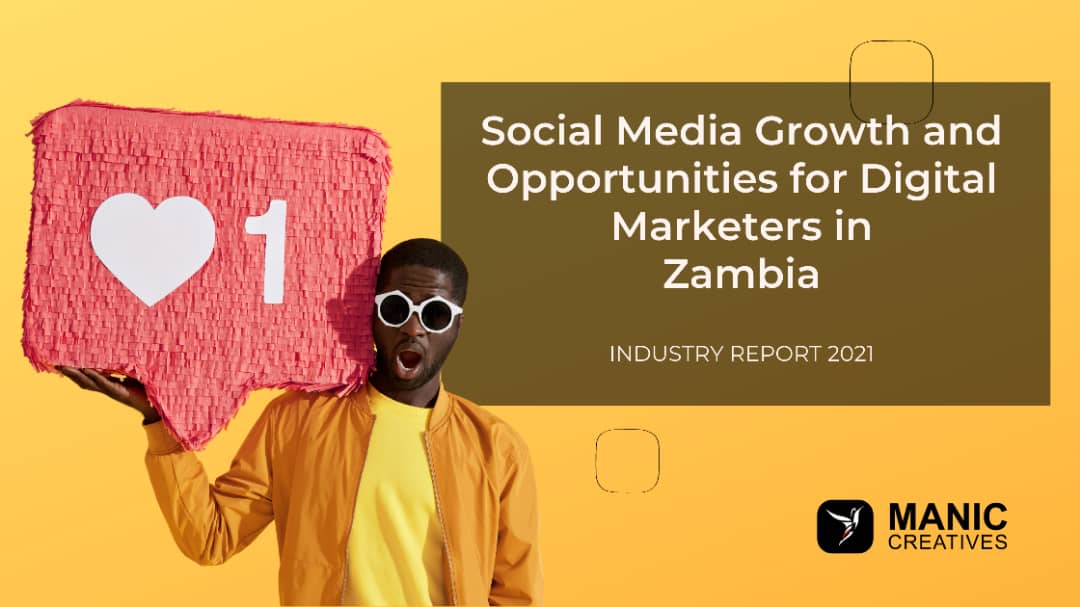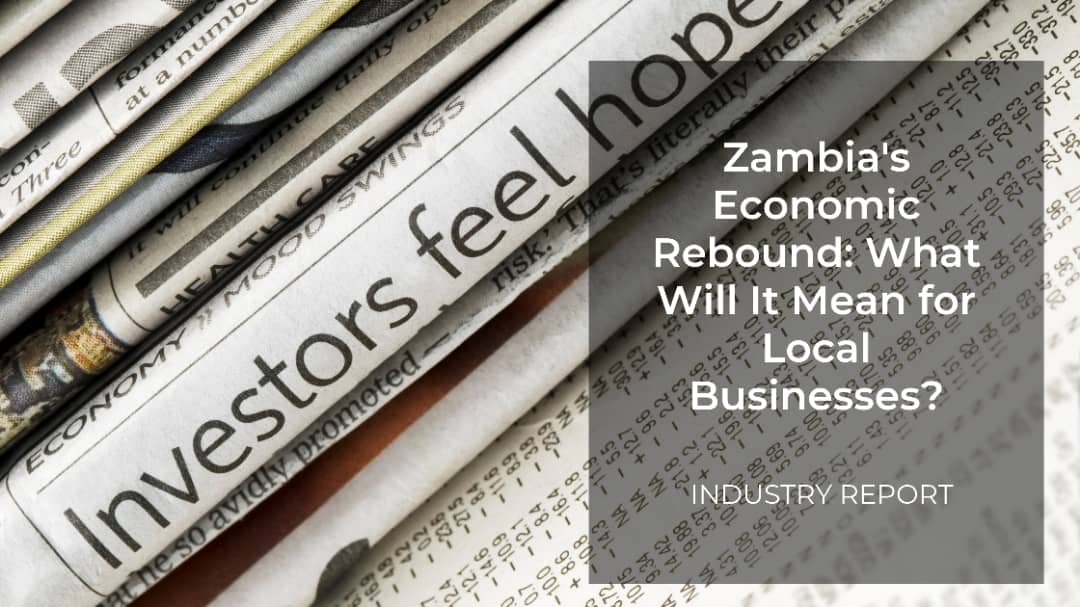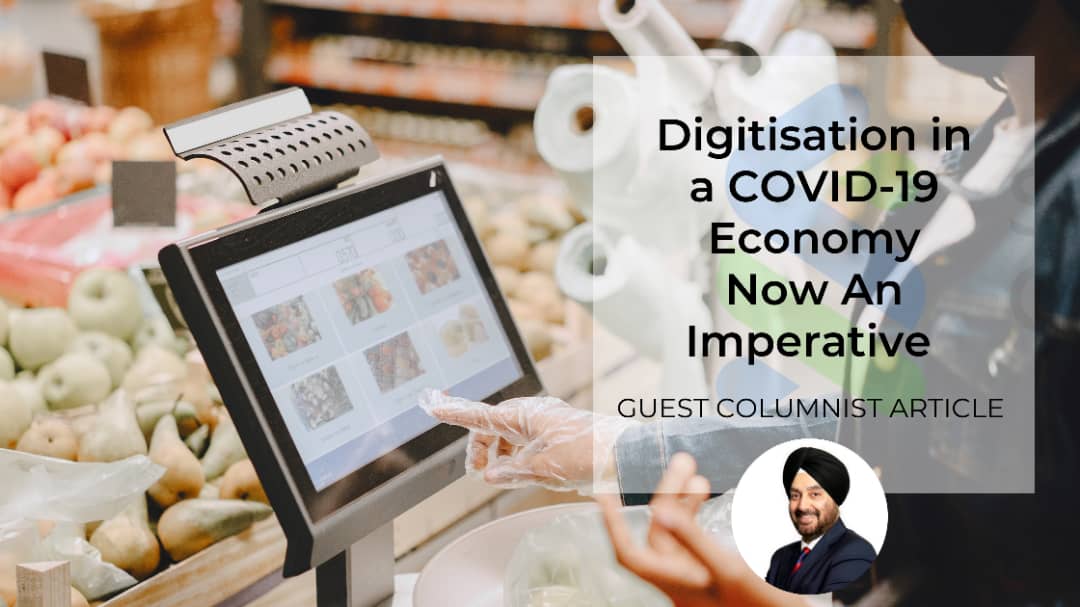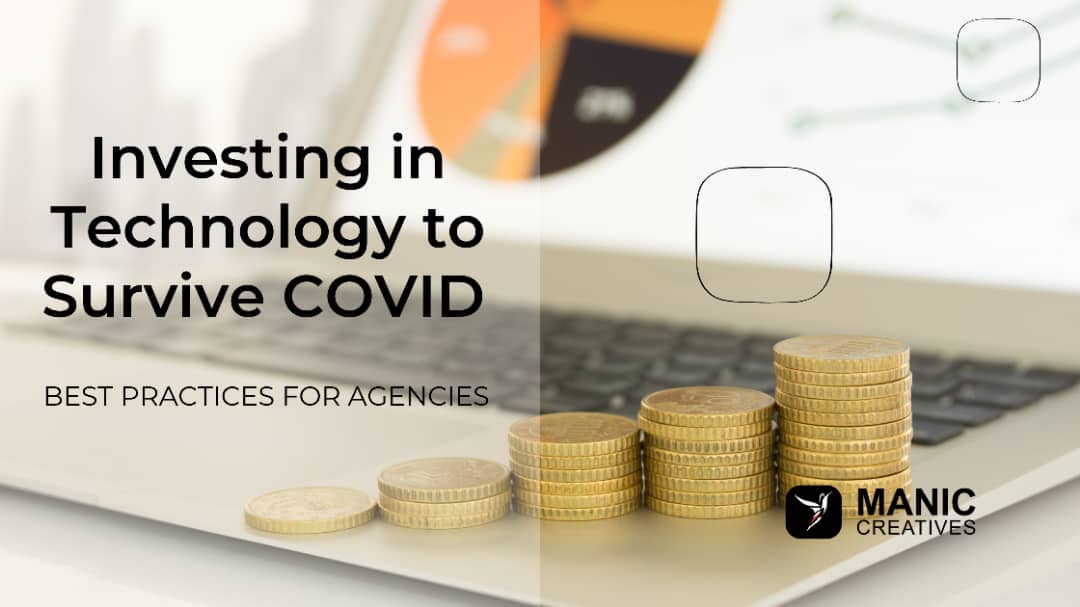Social media growth and opportunities for digital marketers in Zambia
ZAMBIANS’ access to the Internet stands at around 5.48 million users as at January, 2021, representing nearly 30% of the country’s total population, according to DataReportal. Of those users, around 2.6 million are active social media users or approximately 14% of the total population.
Clearly, social media platforms have a growing audience, and with Zambia’s population growth steadily increasing year-on-year, the country’s top brands have to continuously implement marketing strategies to access the significant numbers of consumers who are on various social media platforms.
Social media platform usage in Zambia:
DataReportal shows that growth on social media platforms has been exponential among users in Zambia. For example, data reveals that there was an increase of around 300,000 more netizens active on social media alone by January, this year, up 13% from January, 2020, while the number of Internet users in Zambia increased by 1.1 million over the same period under review, representing a 24% jump.
A breakdown of key metrics to assess who among Zambia’s population is on social media gives a unique insight of the possible opportunities for further growth and how marketers can tailor their messaging to reach out to the right audience, thereby boosting their chances of turning visitors to their platforms into customers. 98.8% of active social media users access the various platforms via mobile, suggesting that an overwhelming number of modern Zambian netizens consume news & information, among other content, ‘on the go.’ This means key messaging in the modern, digital and post-COVID-19-era has to be concise, visually stimulating and relevant in brief headlines that are engaging.
And according to SocialMedia stats, Facebook still dominates the social media industry, with a 54.94% market share on all devices as at June, 2021, more than double its nearest rival, Twitter, who only command a 21.5% market share in the same period under review. YouTube, the popular video sharing platform on the other hand, only garners a 5.18% market share.
If these market shares translate into estimated audience numbers active on these platforms, then Facebook reaches around 1.43 million users, while YouTube is accessed by an estimated 134,680 users as at June, 2021. These numbers, while low in relation to Zambia’s total population, are significantly large relative to the total number of users active on the Internet and on social media platforms across all devices.
Social media companies revealed through their self-service advertising tools the unique characteristics of audiences actively on their platforms. For example, Facebook data uploaded on DataReportal shows that as much as 2.40 million consumers are potentially reachable using adverts on its platform. And as at January, 2021, 44% of users were captured as female compared to 56% of its advert audience reported to be male.
While Instagram, a Facebook subsidiary, has only a meagre 2.05% market share in the country, according to SocialMedia stats, DataReportal shows that Instagram’s potential audience using adverts on this platform is an astounding 370,000 netizens. This, when compared to the current estimated audience numbers actively on the platform of around 53,300, shows that marketers need to focus on driving companies’ sales volumes using Instagram because products and services potentially reach out to nearly four times as many end-users. Again, similar to its parent company, Facebook, Instagram’s users are dominated by a male audience, who outnumber females at 56.8% and 43.2%, respectively.
Manic’s clientele social media usage
Manic Creatives, the growth agency, places a strong emphasis on growing our clients’ sales volumes by increasing their online visibility through marketing automation. Our service provision details how we’ve utilised social media platforms to grow companies’ exposure and keep audiences on social media fully engaged with popular brands. The Manic team has capitalised on the reach social media platforms have, with ‘likes’ and ‘comments’ on news feeds having grown exponentially since our engagement with selected clients. For instance, our social media management of Rent to Own (RtO), the social business that seeks to provide high-impact assets to micro-entrepreneurs in rural Zambia, has seen its Facebook page reach over 481,200 views and around 11,700 page ‘likes’ by mid-2021. The Manic team also initiated RtO’s ‘rent a borehole’ scheme, helping the company reach an unprecedented 92,000 viewers on their Facebook page, boosting the company’s product enquiries and increasing sales volumes.
And ever since Zambia recorded its first Coronavirus case in March, 2020, Manic saw a sharp increase in the demand for digital transformation within companies and the number of enquiries increased. In mid-2020, Manic began receiving prospective clients for our services in a shift to place products & services online to access a still largely untapped virtual market. One notable case study was with a financial institution that we assisted with the implementation of HubSpot for their internal Customer Relationship Manager (CRM) and integration of other project management tools. The growth that was recorded within 6 months was 10 times before Manic was engaged.
The case studies shared in this edition of the Manic Industry Report illuminate the tremendous growth potential for companies eager to exploit social media platforms as a new revenue-generating marketing strategy and potentially lucrative tool. Opportunities certainly exist, and judging by the numbers, marketing executives need to tailor their messaging to fit and fall in line with their buyer personas, consumers who are targeted because they fit a profile that speaks to the product & services business entities are selling.








